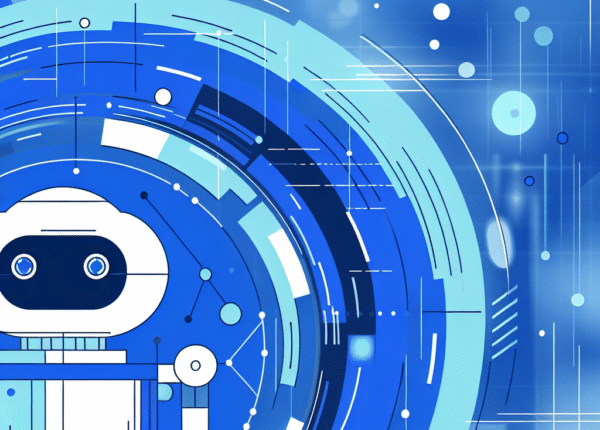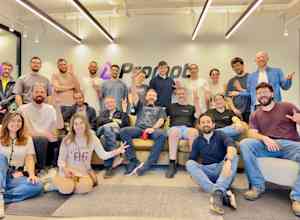As the AI arms race accelerates, a deal announced between Nvidia and OpenAI signals a new stage in the commercialization and governance of compute. Nvidia, long the primary supplier of accelerators for the most ambitious AI models, plans to invest up to $100 billion in OpenAI and to deliver data center chips as the backbone of future capabilities. In a two-track arrangement, OpenAI will pay Nvidia in cash for the chips it uses, while Nvidia will take a stake in OpenAI on non-controlling terms. The companies described the transaction as intertwined, with delivery of chips potentially starting as soon as late 2026. The move is widely interpreted as both a validation of OpenAI’s leadership in AI and a dramatic reinforcement of Nvidia’s role in enabling the scale of that leadership. In practical terms, it means the vast compute resources that power tests and training are becoming less a commodity and more a strategic asset controlled by a single consortium of a leading software creator and the hardware supplier.
This is significant because it cements a consolidated supply chain for AI research in a way we haven’t seen before. Critics say it raises concerns about centralization and vendor lock-in; proponents argue it unlocks efficiencies, speed, and reliability. The optics matter: two of the globe’s most visible AI brands, one for software, one for hardware, pairing up to shape the next generation of models, ethics, and governance. The significance extends beyond one deal: it signals a world where the line between platform and infrastructure blurs, and where the scale of compute access could determine who wins which research challenges and product categories. Meanwhile, OpenAI’s independence in product strategy may become more nuanced as compute capacity becomes a strategic lever rather than a generic input. Analysts will watch closely how the terms of the investment and the cadence of chip deliveries align with regulatory expectations and the demands of safety and transparency.
In a different vein of AI discourse, a new review titled “If Anyone Builds It, Everyone Dies” argues that if machines become superintelligent, humanity could face existential risk. Authors Eliezer Yudkowsky and Nate Soares sketch bleak scenarios in which even a well-intentioned system could cause unforeseen harm, whether through energy demands, misaligned goals, or unintended side effects. The piece is not a forecast but a cautionary narrative that invites readers to consider governance, alignment, and the limits of control as AI capabilities scale. The juxtaposition with the Nvidia-OpenAI deal is telling: the industry races forward on performance and deployment, while thinkers debate whether our safety frameworks and norms keep pace, or lag behind in a way that raises questions about long-term resilience.
Meanwhile, in the political sphere, a Tony Blair Institute survey published this week finds that Britons increasingly view AI as an economic risk rather than an opportunity. The poll’s findings threaten Keir Starmer’s ambition to position the UK as an AI “superpower” by underscoring public skepticism and the perceived cost in displacement or disruption. The Institute urges policymakers to better communicate the benefits of AI and to craft policies that mitigate risk—training programs, safety standards, and a credible social contract around automation. The crosscurrents are clear: optimism about AI’s potential sits beside anxiety about the pace of change, and governments are pressed to show that innovation and protection can coexist. The convergence of a major investment deal, existential risk debates, and public polls paints a portrait of AI as both a technological frontier and a political challenge.
For readers, the takeaway is not that one headline will decide the future of AI, but that the field’s economics, governance, and ethics are growing more interdependent. The Nvidia-OpenAI pact highlights how compute power remains a strategic asset, while book-length warnings and public polls remind us that trust, governance, and clear communication will be as important as innovation itself. As AI products scale from labs to mainstream use, everyday people deserve visibility into how these systems are built, how they are tested for safety, and how the benefits and risks are distributed. In short: the race continues, but the rules—on investment, safety, and public accountability—must keep pace.
- https://www.theguardian.com/technology/2025/sep/22/nvidia-openai-investment-100-billion
- https://www.theguardian.com/books/2025/sep/22/if-anyone-builds-it-everyone-dies-review-how-ai-could-kill-us-all
- https://www.theguardian.com/technology/2025/sep/22/more-britons-view-ai-as-economic-risk-than-opportunity-tony-blair-thinktank-finds
Related posts
-
AI Across Sectors: From Airports to Autonomous Deliveries and the Law
AI Across Sectors: From Airports to Autonomous Deliveries and the Law AI is transforming how we communicate, play,...
3 September 202571LikesBy Amir Najafi -
AI as a Life Skill: Education Meets the UK Workplace in a New Era
AI as a Life Skill: Education Meets the UK Workplace in a New Era Artificial intelligence is redefining...
13 September 202562LikesBy Amir Najafi -
Prompt Security’s Itamar Golan: GenAI security as a category, not a feature
GenAI security is no longer a niche concern for security teams. In a revealing conversation with VentureBeat, Itamar...
27 November 202505LikesBy Amir Najafi

